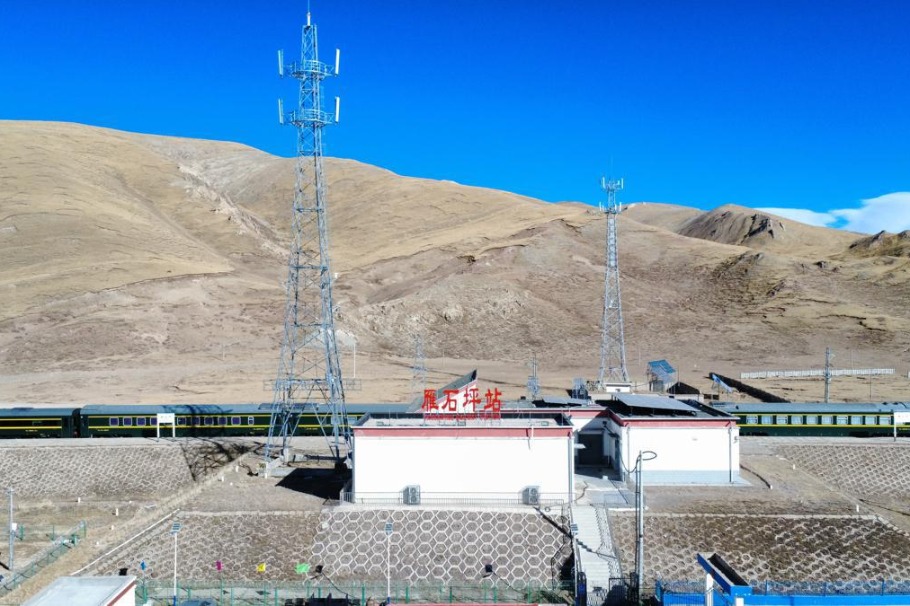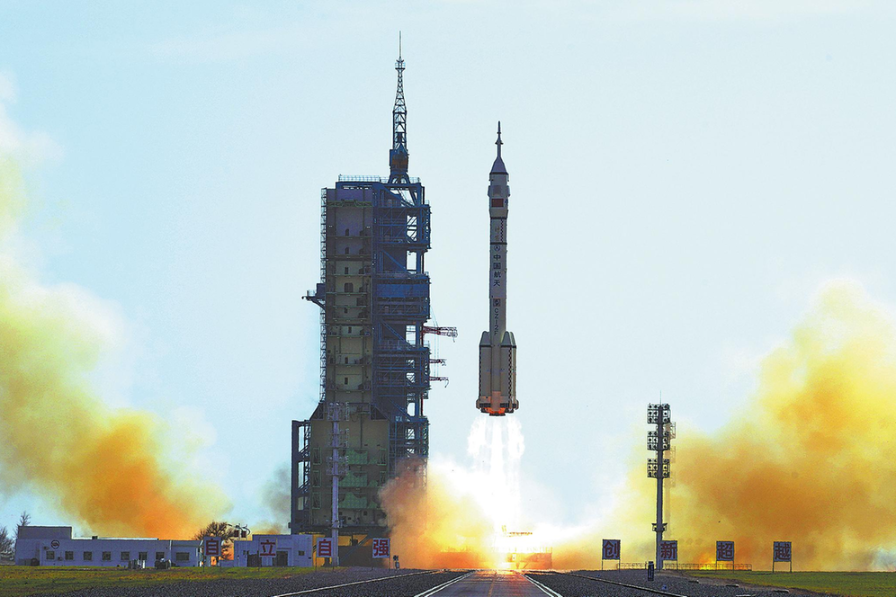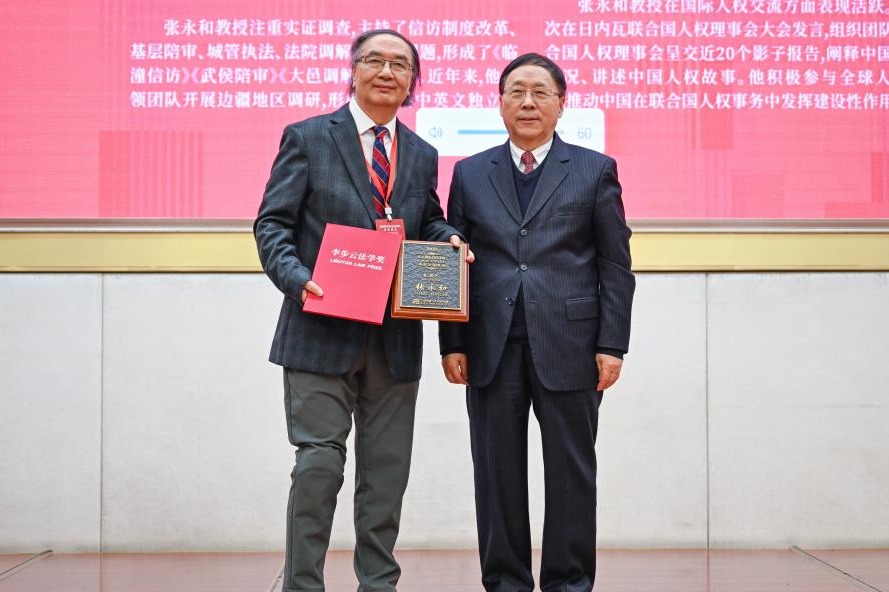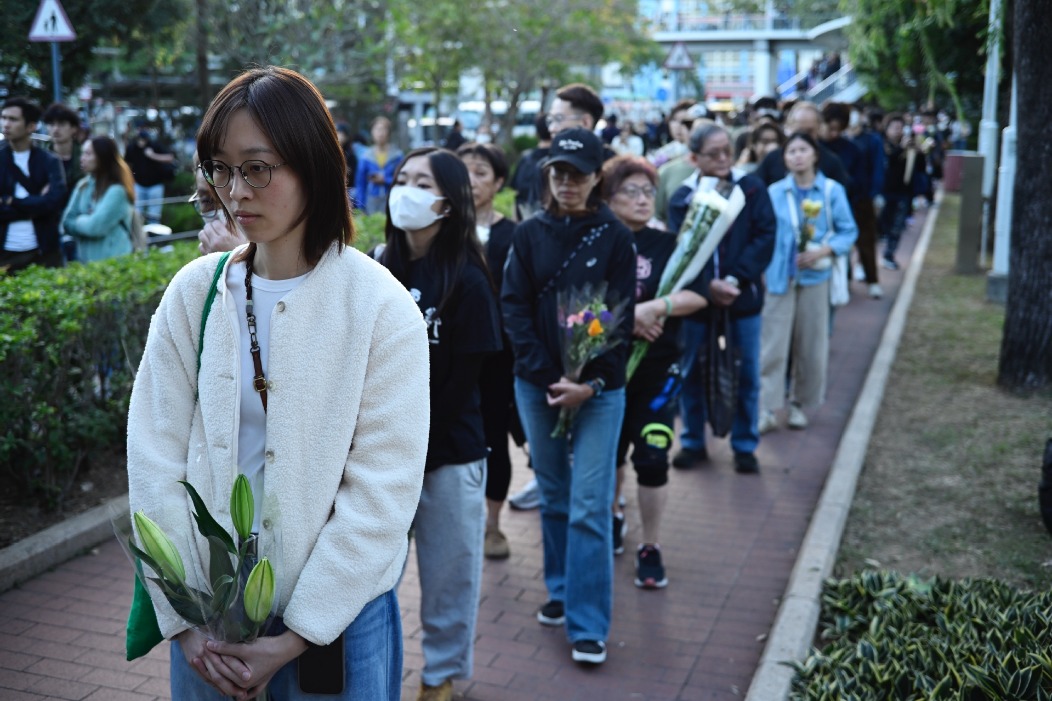China-ASEAN trade grows 9.1%, boosting Guangxi's role

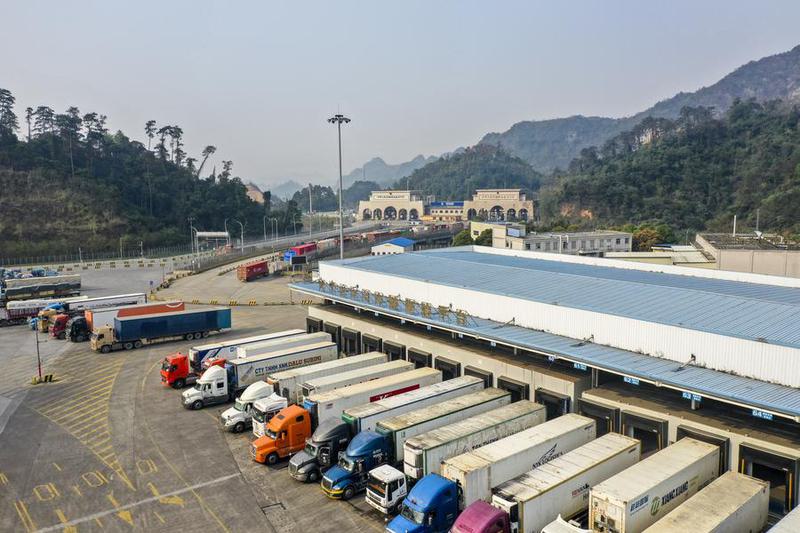
China's trade with the Association of Southeast Asian Nations continues to gather pace, with bilateral trade rising 9.1 percent in the first five months of the year, according to the latest data from the General Administration of Customs.
The bilateral trade accounted for 16.8 percent of the country's total foreign trade value, customs data showed.
The figures reflected nine consecutive years of steady trade growth between China and ASEAN, with both sides holding top trading partner status for five years.
In this booming trade, Guangxi Zhuang autonomous region has seen a rise in business, especially in agriculture.
Beibu Gulf Port, a key hub on the new western land-sea corridor, links China's western regions with ASEAN and global markets. It plays a vital role in connecting inland provinces and serving as a transit point for goods from Chongqing, Hunan and Anhui, before they are shipped to Southeast Asia and beyond.
Besides, Guangxi, a major fruit-producing region, also serves as a key gateway and distribution hub for ASEAN fruit imports, accounting for over 20 percent of the country's total fruit trade with ASEAN, as reported by CGTN.
In June, the region is filled with the scents of Southeast Asian fruits, like durians and rambutans from Malaysia, mangosteens and pomelos from Thailand, and custard apples from Vietnam.
- China holds national memorial for Nanjing Massacre victims
- China's Kuaizhou-11 Y8 rocket launches space experimental spacecraft into space
- Relic dates Jinan founding to around 4,200 years ago
- New rocket set to debut soon, launch six satellites
- Taiwan's character of the year a vote against confrontation
- Wave of freezing weather brings snow to northern China



















